Manipulatives are marvelous! They are an amazing tool for any childcare facility and can help introduce concepts of mathematics through play. Manipulatives encourage a hands-on learning experience that incorporates a variety of senses into a holistic approach to learning. Manipulatives are a great first step, helping form concrete concepts through strong visuals. Kids who have these strong fundamental understanding of core concepts can then move on toward more abstract mathematics.
Teachers and childcare specialists have a vast variety of materials and tools that can help in the visualization of concepts and formulas. This variety is important as you never know which method may click with an individual child. The more options available the more likely it becomes, that a child will be able to grasp a concept. Finding a manipulative that helps an individual child can aid them in creating a strong skill foundation.
Why Manipulatives Work
One of the most effective methods of helping children learn is to engage as many of their 5 senses as you can. Math manipulatives offer strong visual representation of mathematics while incorporating other mind-opening features like: colour, texture, weight, size, and sounds, these can all be used to enhance manipulatives to increase effectiveness.
So many concepts are learned by children simply by having fun, getting hands-on with math and discovering how it all adds up. By making learning into play, your able to effectively communicate lessons to children and voila- a concept is now theirs forever.
Here are four of our favourite types of manipulatives for teaching mathematical concepts.
Counting Manipulatives
Counting is one of the first, and most fundamental math principles that kids can learn. Starting with the basics of 1 to 10, kids learn the fundamentals of numbers and how to work in a base 10 system. Counting tools like Counting Cookies (left) and Foam Base Ten Set (right) are a fun and creative way for kids to visualize numbers and how they accumulate.
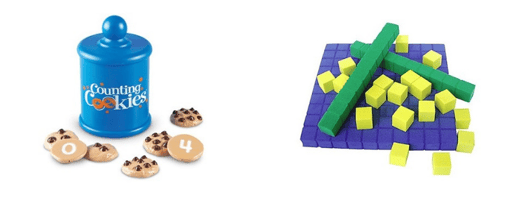
Patterning Manipulatives
Patterning is an essential building block for developing mathematical skills for children. It is a direct continuation of what many childcare specialists would class as identifying skills. These skills are important for kids as they grow and need to identify number and shape patterns. Seriation is a patterning classification and can be developed through building and block manipulatives like the Giraffe Activity Centre by Play Go.
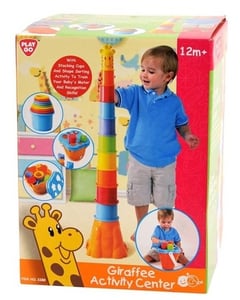
Addition and Subtraction Manipulatives
Manipulatives are great for working with the concepts of addition and subtraction. This can be an easy concept to add into many day to day activity using natural manipulatives. Kids can verbalize daily task like cleaning up and sorting their toys. Math manipulatives take this to the next level by incorporating patterning through colours, shapes and textures.
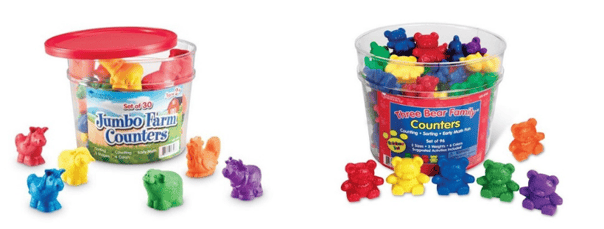
Jumbo Farm Counters (left) and the Three Bear Family Counters (right) are two bright and colourful examples of manipulatives that are great for adding and subtracting lessons.
Fraction Manipulatives
Manipulatives are a great method of teaching and practicing fractions. The Geometric Fraction Board is a great visual for helping kids understand both fractions while also reinforcing shapes.
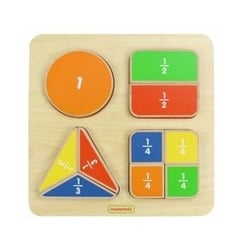
Simple Fractions are commonly introduced through the use of food themed manipulatives like the Pizza Fraction Fun To Go Game. These can be an easy way for kids to grasp and learn fractions. The familiarity of food helps a difficult concept, become part of a day to day routine.
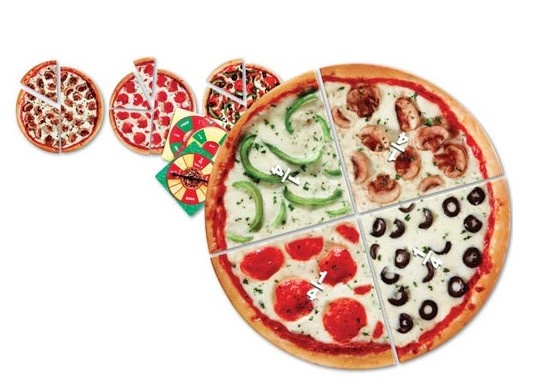


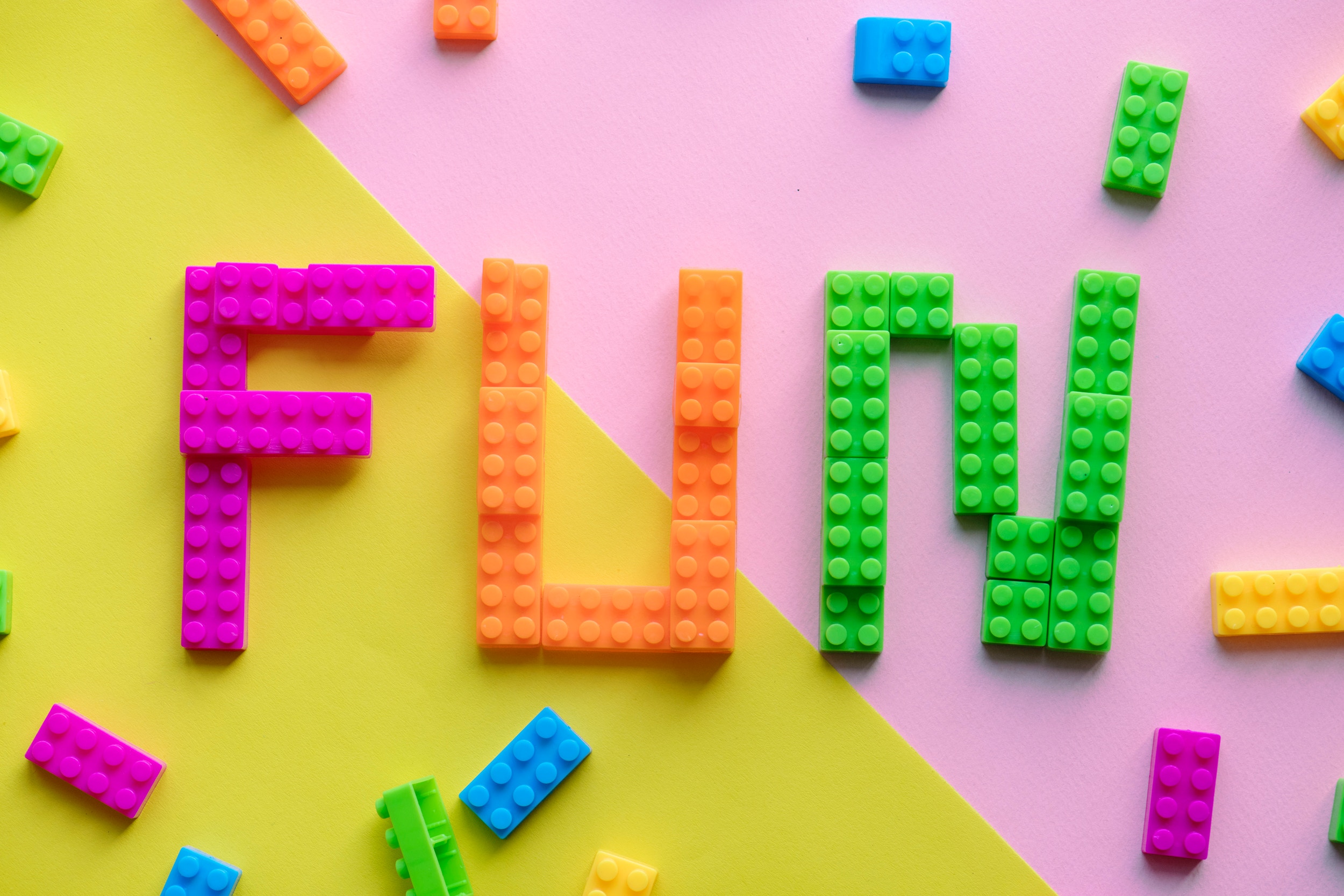



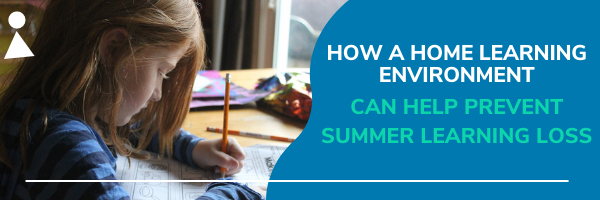
.png)
.jpg)